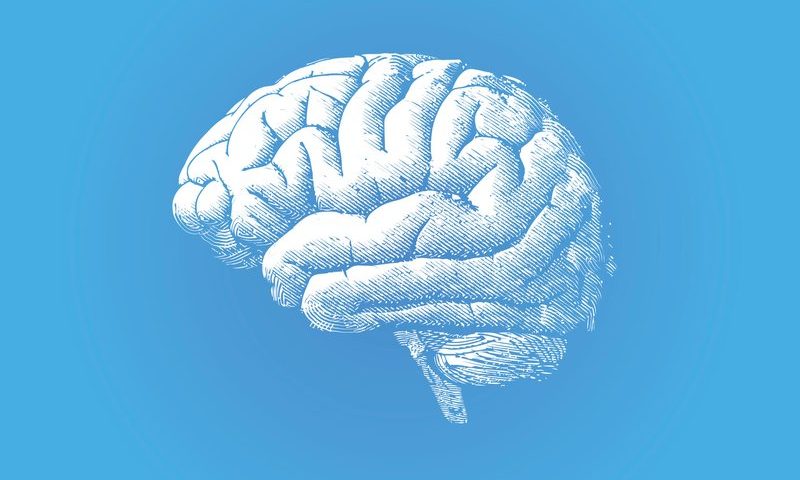The accumulation of amyloid beta and tau protein tangles is a hallmark of Alzheimer’s disease. In the brain, microglia cells are responsible for removing unwanted debris, and their dysfunction is known to play a part in the neurodegenerative disorder. But the genetic signatures behind microglia that can clean up toxic plaques remain largely unclear.
Now, scientists at the Monash University in Australia and Duke-NUS Medical School have identified the expression of the Hif1a gene as characteristic of actively garbage-engulfing microglia, according to a new study published in Nature Communications.
The HIF1-alpha protein that the gene encodes for could represent a new target for designing drugs to fine-tune microglia’s activity to address the underlying mechanism of Alzheimer’s, the researchers suggest.
To understand the molecular differences between microglia that were actively consuming amyloid plaques and those that weren’t, the team used a stain called methoxy-XO4 to label the former. The scientists then looked at mice with Alzheimer’s.
They found that XO4-negative microglia—namely cells that haven’t taken up amyloid—have gene expression patterns that were similar to aged microglia, which are known to contribute to Alzheimer’s disease. But for XO4-positive microglia that have engulfed the amyloid plaques, they adopted a different gene expression signature which appeared to increase their ability to remove debris.
Hif1a emerged as one of the players behind the shift to the XO4-positive, garbage-cleaning state, the researchers found. Increased Hif1a expression dialed up the microglia’s ability to engulf unwanted proteins, according to the team.
By using computational models, the team also predicted the networks of molecules involved in microglia’s change of state that could be targeted by drugs. The team used small molecules that target pathways upstream of H1f1a to modulate its expression in cell cultures. The widely used immunosuppressive drug rapamycin, for example, was found to block Hif1a and therefore prevented microglia from adopting the XO4-positive signature.
Microglial function has been the topic of many Alzheimer’s studies in recent years. A Stanford University team previously identified a B-cell receptor called CD22 as a negative controller of microglia’s ability to clean up protein plaques. Dialing down CD22 improved cognitive function in aged mice, the team showed.
A research group at the University of Florida previously focused on the toll-like receptors expressed in microglia. It showed that soluble versions of the protein could prevent or even reverse the accumulation of amyloid plaque in mice.
While the current study established a relationship between Hif1a and microglia’s garbage-cleaning activity, the effect on cognitive decline in Alzheimer’s disease isn’t clear. “Future work could focus on using gene editing tool CRISPR to test the impact of manipulating Hif1a on symptom severity and disease progression,” Gabriel Chew, the study’s co-first author, said in a statement.
Microglia has been found to play a part in both protecting against and accelerating Alzheimer’s at different disease stages. Therefore, identification of regulators of microglia such as Hif1a could provide new targets for drug development to tackle the disease accordingly, the researchers suggest.
“[P]otential therapeutic strategies could involve targeted conversion between XO4- and XO4+ microglia by using small molecules to tune the key transcriptional networks,” they wrote in the study.

